Should I Put a Gate on My Toddler’s Door? Let’s Find Out
When it comes to parenting, the most important thing is to ensure the safety of your toddler. Therefore, parents are often confused as to whether or not they should put a gate on their toddler’s door. On one hand, it will add to the overall safety and childproofness of their home, but on the other hand, it will restrict the toddler’s movement.
That’s what this article is all about. We will discuss the pros and cons of putting a gate on your toddler’s door, and help you decide whether it is necessary or not for you. We will also cover some of the most common questions related to gates for toddlers’ rooms.

Why You Should Consider Putting a Gate on Your Toddler’s Door?
Here’s why you should consider putting a gate on your toddler’s door:
Reinforced Safety
The number one reason to install a gate is safety. It keeps your curious explorer away from potentially dangerous areas like the kitchen or stairs. With a gate in place, you can enjoy peace of mind knowing your child can’t wander into harm’s way, especially during the night.
Peace of Mind
Parenting can be a rollercoaster of emotions, but with a gate on your toddler’s door, you can breathe a little easier. No more sleepless nights worrying about your little one venturing into unknown territory.
Establishing Boundaries
Beyond safety, gates teach your toddler about boundaries. They help your child understand where it’s safe to roam and where they should avoid.
Disadvantages of Putting a Gate on Your Toddler’s Door
Although safety is paramount when it comes to raising your child, there are some drawbacks to installing a gate on your toddler’s door as well.
Inconvenience
Gates can be a bit of a hassle for adults. When you need to navigate them multiple times a day, they can seem like more of a hindrance than a help.
Independence vs. Safety
Some parents worry that gates may hinder their child’s independence or curiosity. There’s a delicate balance between keeping your child safe and allowing them to explore.
Potential Struggles
Some determined toddlers may try to climb over the gate, leading to potential accidents. It’s essential to choose the right gate and install it correctly to minimize this risk.
Essential Safety Measures for Toddler Gates
While gates can provide a layer of safety, there can be risks if they are not installed or used properly. To ensure your toddler’s safety, consider the following:
Choose Gates That Meet Safety Standards
When shopping for gates, make sure they meet safety standards to prevent entrapment or falling.
Secure Installation
Install gates securely to avoid accidents caused by a gate coming loose. Follow the manufacturer’s instructions carefully.
Regular Maintenance
Gates can wear out over time. Regularly check and maintain them to ensure they remain safe and functional.
How to Install and Usage a Gate on Your Toddler’s Door Safely?
To ensure that you don’t introduce a new safety hazard to your toddler’s room, you should follow the safety tips below for proper installation:
Measure Twice, Install Once
Before you install a gate, measure the doorway or hallway carefully. Ensure the gate fits properly, and once installed, make sure it is securely in place. Follow the manufacturer’s instructions to the letter.
Choose the Right Gate
Not all gates are created equal. Look for gates that meet safety standards and are appropriate for your child’s age and development. Some gates are designed for babies, while others are better suited for active toddlers.
Educate Your Child
Once the gate is in place, take the time to teach your toddler about it. Explain why the gate is there and set some simple rules about safety. Use age-appropriate language to help them understand.
Supervision Is Key
A gate is not a substitute for supervision. Always keep an eye on your child, even with the gate in place. It’s easy for a toddler to become inventive when they want to explore.
Additional Tips for Toddler Safety and Parenting
Parenting goes way beyond just installing a gate. So, here are some additional tips to keep your toddler safe and sound:
Communicate
Encourage communication with your child to build trust and understanding. When they understand why certain areas are off-limits, they may be more likely to cooperate.
Childproofing Is More Than Gates
While gates are an essential safety tool, remember that childproofing your home goes beyond this. Consider other safety measures like cabinet locks, corner protectors, and securing furniture to prevent tipping.
Maintain Consistency
Be consistent in your parenting approach. If you decide to use a gate, stick to it. However, be open to reassessing as your child grows. What works for a crawling baby might not work for a more mobile toddler.
Frequently Asked Questions and Answers
At what age should I consider installing a gate?
It depends on your child’s mobility, but typically, gates are used when toddlers start crawling or walking. Before that, most babies are stationary, so gates may not be necessary.
Can gates be used for other purposes?
Yes, gates can serve various purposes beyond keeping toddlers safe. Many parents use them to keep pets out of certain rooms or areas.
Are there gates that are easy for adults to open but hard for toddlers?
Yes, many gates are designed with child-resistant latches for adult convenience. Look for gates with one-handed, easy-to-use mechanisms.
Do gates work for older kids?
As your child gets older and more responsible, you may find that gates are no longer necessary. It’s important to adjust your childproofing measures as your child’s needs and abilities change.
Final Thoughts
In the end, the decision to put a gate on your toddler’s door depends on your specific circumstances and parenting philosophy. It’s about balancing safety with your child’s development and independence. Remember, every child is different, so choose what works best for your family. Safety first, always!
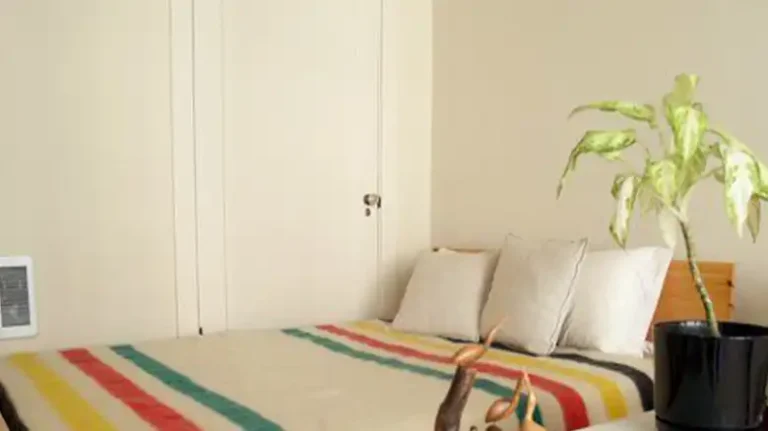
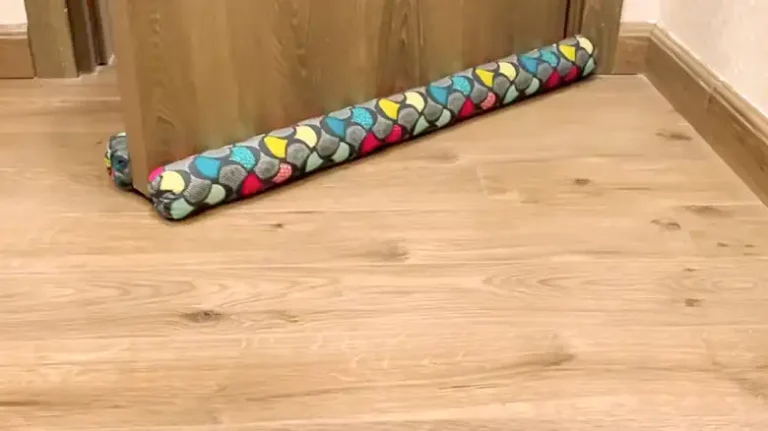
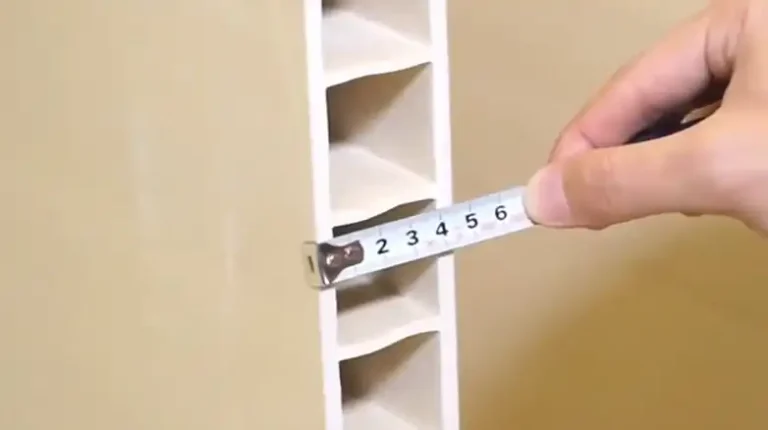
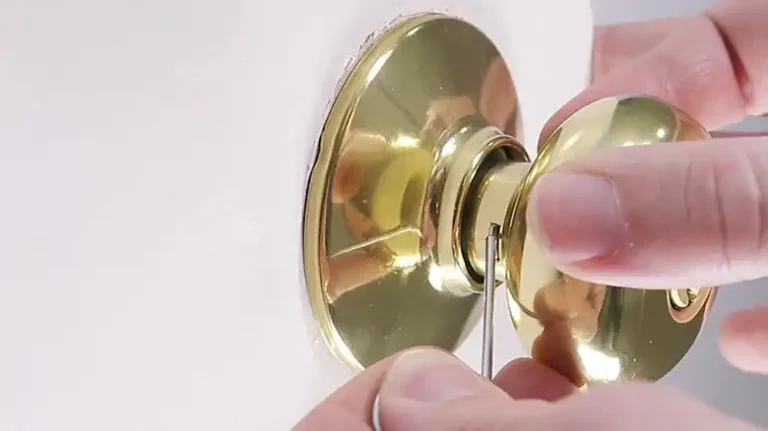
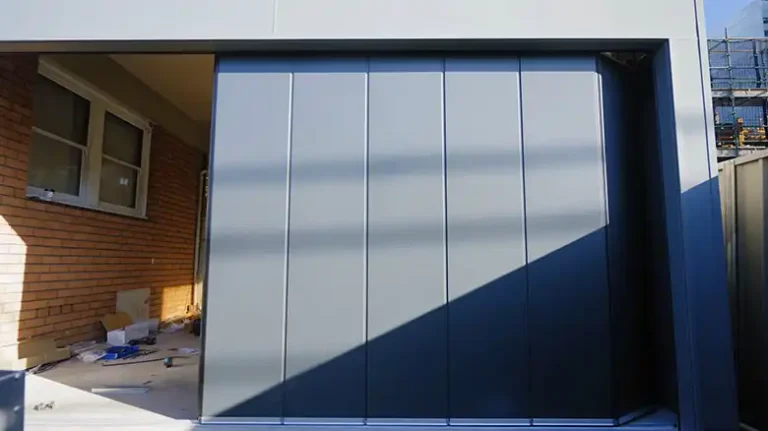
![[5 Solutions] How to Fix a Pocket Door That Rubs?](https://doorsuggest.com/wp-content/uploads/2023/09/How-to-Fix-a-Pocket-Door-That-Rubs-768x431.webp)